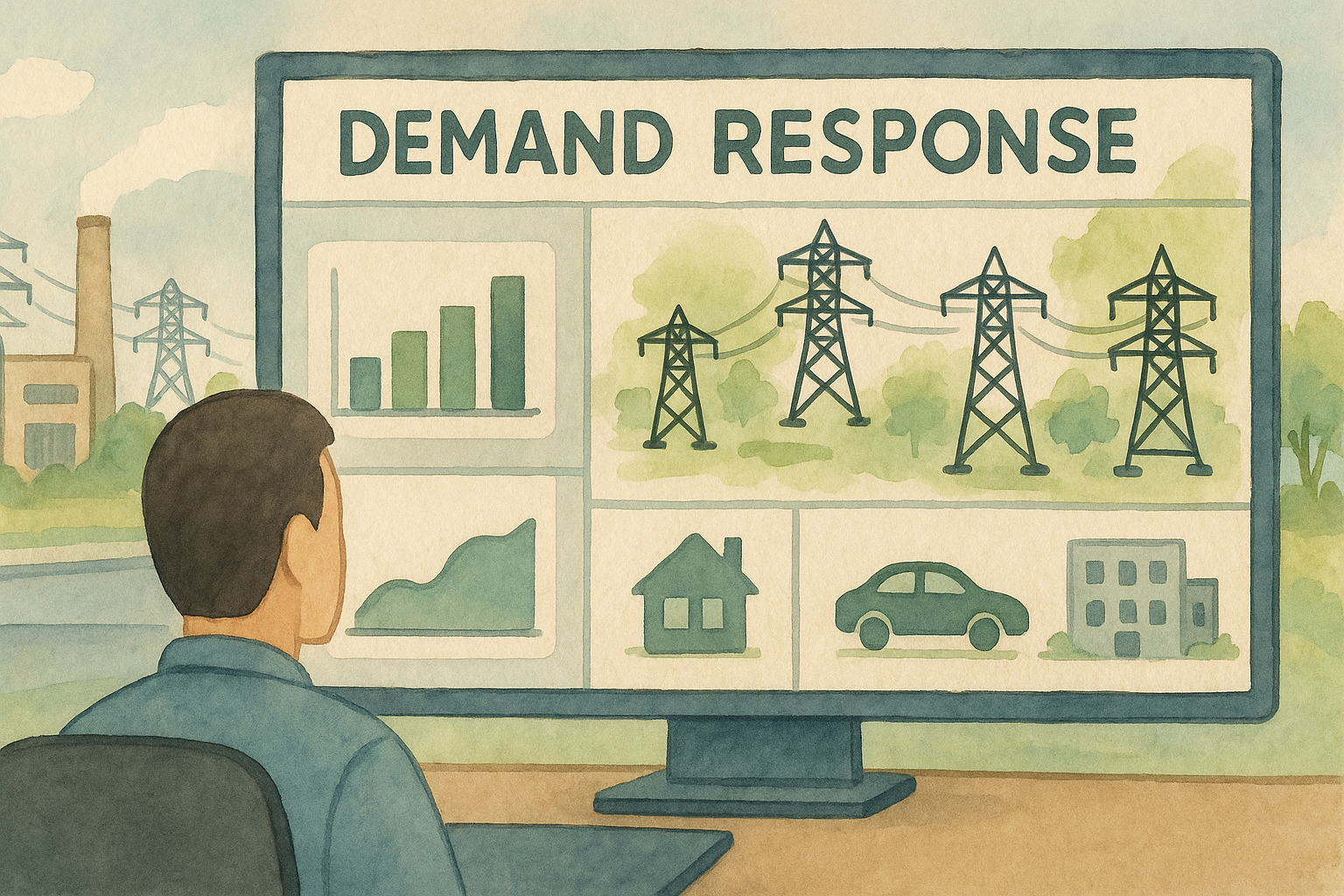Digital twins are dynamic, virtual representations of physical assets, processes, and systems that simulate real-world conditions in real-time. For Utility companies, these virtual replicas include everything from individual grid assets like transformers to entire grid networks, providing visibility into the performance of infrastructure and any potential issues that may arise with simulations.
Benefits to Utility operations
1) Enhanced asset management
Digital twins enable utilities to monitor asset health continuously, predict maintenance needs, and optimize performance without physical intervention. This proactive approach significantly reduces downtime and extends asset lifespan, resulting in substantial cost savings and improved reliability metrics.
2) Improved decision making
By leveraging real-time data and AI, Utility managers can make more informed decisions about infrastructure investments, maintenance schedules, and resource allocation. The technology provides a comprehensive view of system performance, enabling operators to identify potential issues before they become critical failures.
3) Grid optimization
As the power grid becomes increasingly complex due to the integration of renewable energy sources and Distributed Energy Resources (DER), digital twins help utilities maintain grid stability and optimize power flow. They enable complex scenario planning and testing of various operational strategies without risking disruption to service and customers.
Two real-world applications
Storm response: During severe weather events, digital twins help utilities simulate impact scenarios and optimize restoration strategies, significantly improving response times.
Network planning: The technology allows utilities to test different grid configurations and expansion scenarios virtually, ensuring optimal investment decisions and network reliability.

Implementation challenges and solutions
While digital twins offer tremendous potential, successful implementation requires careful consideration of several factors:
a) Data Quality: Ensuring accurate, real-time data collection through robust sensor networks and monitoring systems.
b) Integration: Seamlessly connecting digital twin platforms with existing utility management systems and workflows.
c) Expertise: Developing or acquiring technical expertise to effectively manage and interpret digital twin insights.
The future of digital twins in utilities looks promising, with emerging technologies like artificial intelligence and machine learning enhancing their capabilities. As utilities modernize their infrastructure and face new challenges like climate change and increasing renewable integration, digital twins will become a key tool for maintaining reliability and efficient grids.
At Senpilot, we enhance your operations and through enabling AI capabilities in weeks.
Contact us and test drive our demo.




.svg)








.svg)